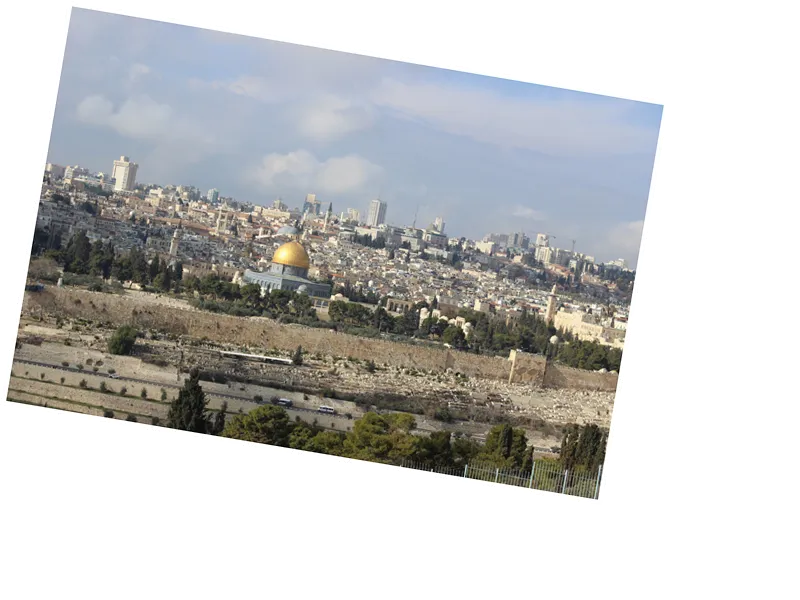The Church of Mary Magdalene, a significant Russian Orthodox church located on the Mount of Olives in Jerusalem, has become a focal point of a diplomatic dispute between Russia and Israel. Built in memory of Empress Maria Alexandrovna, the church is not just an architectural gem with its seven gilded domes and intricate mosaics but also a site steeped in religious history. Mary Magdalene, often referred to as the 'Apostle of the Apostles,' is celebrated for her unwavering support of Christ during his crucifixion and her role as the first witness to his resurrection. In recent years, the Russian government has demanded the restoration of ownership of this church, citing historical claims and documents from the Ottoman era. This demand extends to other religious sites, including the Church of the Ascension and the Church of the Galilee, as Russia seeks to reclaim properties that were built under the auspices of the Imperial Orthodox Palestine Society during the late 19th century.
The church, completed in 1888, was financed by Emperor Alexander III and his family, and it has since become a pilgrimage site for many. The church's interior showcases stunning artwork that narrates the life and significance of Mary Magdalene, further enhancing its spiritual allure. The Russian government maintains that it has a legitimate claim to the church, arguing that the Russian Federation is recognized as the legal successor to the Russian Empire. This claim has led to an ongoing discussion about the status of religious properties in Jerusalem, which remain under a cloud of 'indefinite ownership' since the tumultuous events of the 20th century, including the Bolshevik Revolution and subsequent geopolitical changes.
- The Church of Mary Magdalene serves not only as a place of worship but also as a historical monument reflecting the intertwined legacies of Russia and the Holy Land. It is a testament to the rich cultural and religious tapestry of Jerusalem. The church's unique architectural style, featuring elements typical of 16th and 17th-century Russian Orthodox churches, adds to its distinct identity within the diverse landscape of Jerusalem's religious sites. Furthermore, the church's connection to notable historical figures, such as Grand Duchess Elizaveta, who was deeply influenced by her visits to the church, highlights its importance in Russian history and Orthodox Christianity.
- The ongoing dispute over the church's ownership underscores the complexities of international relations and heritage preservation. As Russia continues to assert its claims, the implications for the church and its congregation, as well as for broader Russian-Israeli relations, remain to be seen. The church's status is emblematic of the challenges faced by many religious sites in Jerusalem, where history, faith, and politics intersect.






